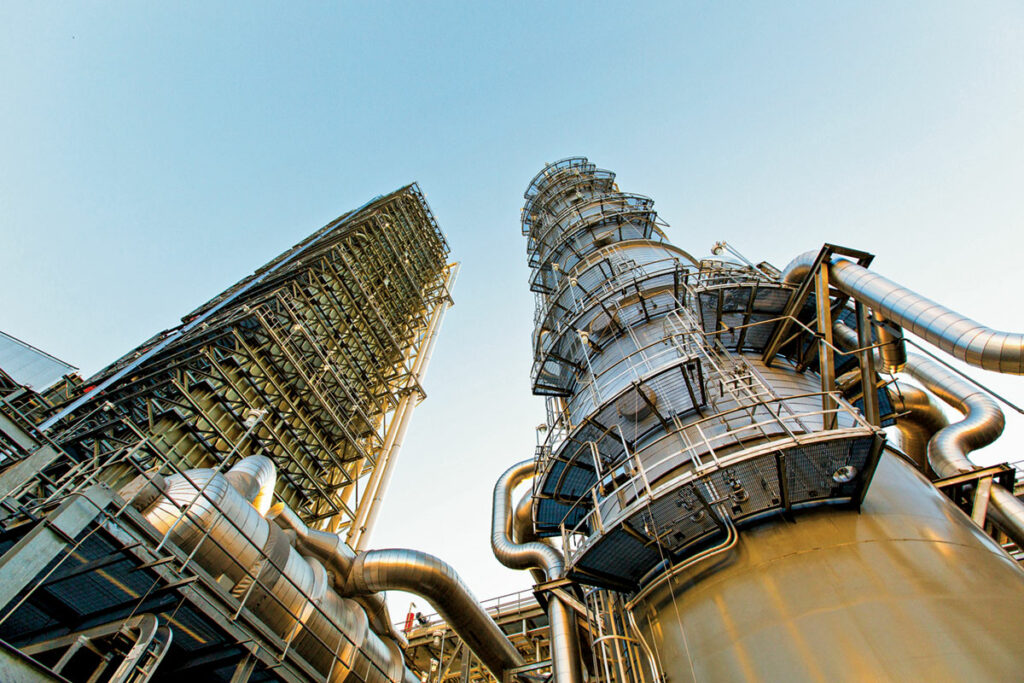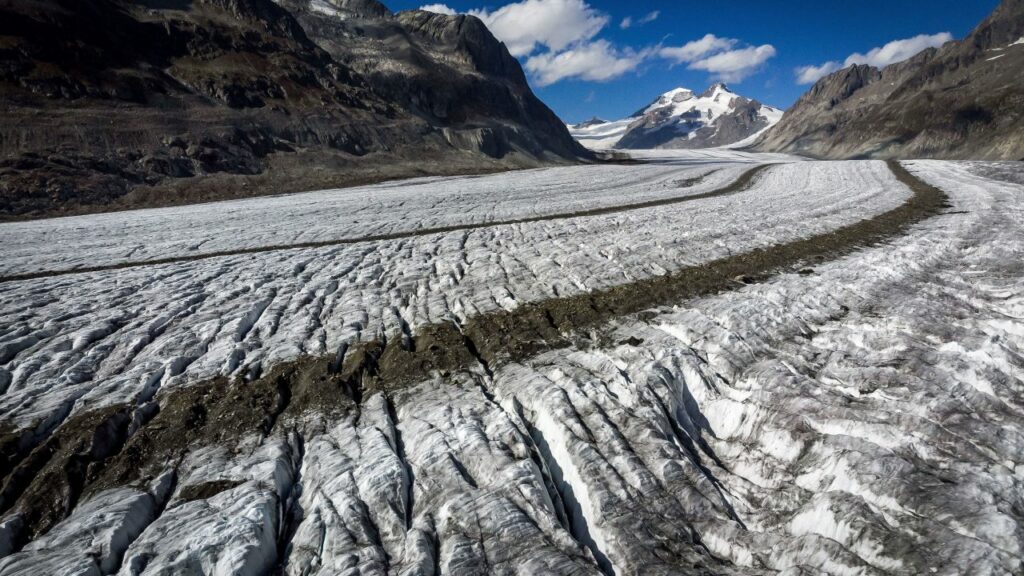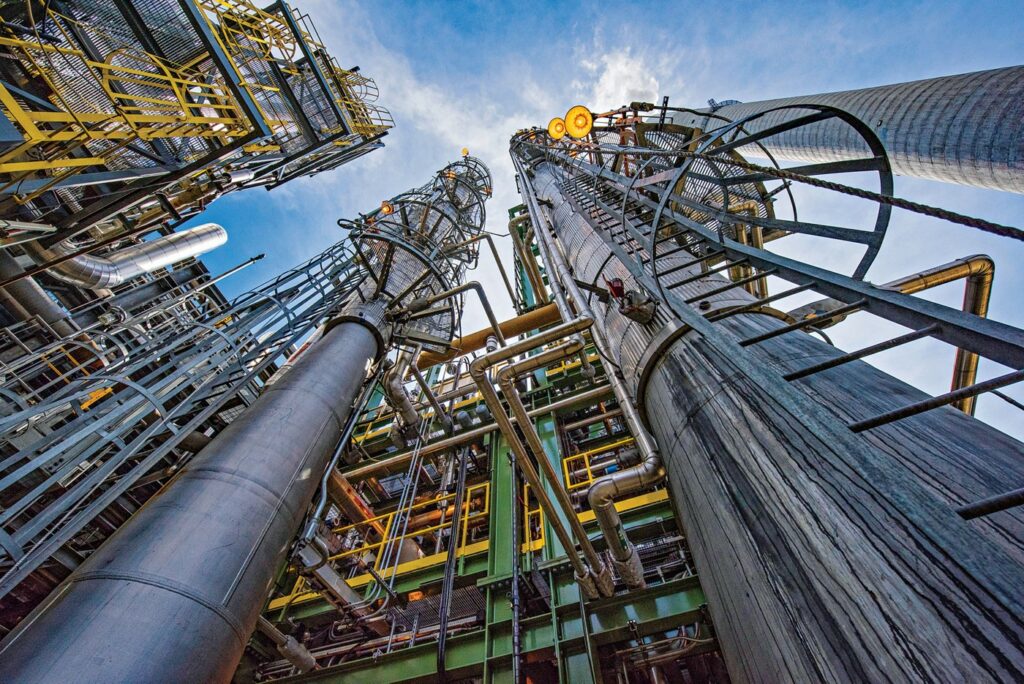The New York Times writes a classic “Time may tell” story about a Swiss firm that hopes to get carbon dioxide out of the air on a massive scale, just as Fritz Haber’s tentative procedure for turning atmospheric nitrogen into ammonia went industrial under Carl Bosch a hundred years ago. But the real technological analogy they’re seeking is to scrubbers that remove sulphur dioxide from emissions as solid sulphur. Whereas the one they’re hyping merely takes gaseous CO2 out of the air to put it into soft drinks from which it will bubble forth again as empty froth.
Carbon capture and storage has an understandable hold on those more reasonable alarmists who understand the devastating impact on our well-being of abandoning fossil fuels for fear of CO2. Especially if in a bizarre display of economic masochism we also insist on getting rid of nuclear energy, the one reliable alternative we currently have.
Sulphur scrubbers were a great solution to concerns about acid rain because they let us reduce emissions of SO2, particularly from coal-fired plants, without reducing our consumption of energy. Indeed, wealth-creating energy use continued to rise even as SO2 emissions plunged. (And the Haber-Bosch process, which creates ammonia gas generally then converted into solid fertilizers, is widely credited with quadrupling agricultural productivity.) But until there’s a cheap way to remove carbon dioxide from factory smoke and turn it into solid carbon, or there’s a reasonable alternative to carbon-based fuels, there will be no way to reduce CO2 emissions significantly without reducing energy use significantly, creating widespread misery.
The Times story responds by wandering even further into science fiction, or fantasy, when it speculates that while the world fizzy drink market for CO2 is limited, the entrepreneurs in question believe if they can reduce costs sufficiently, “[a]ir-captured CO₂ can be combined with hydrogen and then fashioned into any kind of fossil-fuel substitute you want. Instead of making bread from air, you can make fuels from air.”
Perhaps. And if you can do so in a way that creates more energy than it uses, you’ve developed a perpetual motion machine and rewritten the laws of physics. You will be famous. Regrettably not for solving the supposed GHG crisis, though, because when these magic air fuels are burned they will release the CO2 again. Dang.
In the end, the Swiss firm’s more realistic dream is to pull CO2 out of the air in huge amounts, bury it underground and tell it not to seep out again. But where the energy to perform this feat will come from remains unspecified like much else in the story.
One might well reproach the authors and publishers for producing a breathless news story saying “it’s almost certainly too soon to say for sure” whether something will work. Especially when it’s pretty clear that it won’t. But to its credit the Times piece grasps at such straws because it also grasps that on the alarmist scenario there is little time left to find a way to burn fossil fuels without economically as well as technically feasible carbon scrubbing, saying “The future of carbon mitigation, however, is on a countdown timer, as atmospheric CO₂ concentrations have continued to rise. If the nations of the world were to continue on the current track, it would be impossible to meet the objectives of the 2016 Paris Agreement, which set a goal limiting warming to 2 degrees Celsius or, ideally, 1.5 degrees.” And you know where this rhetoric is headed. Such an increase “would usher in a world of misery and economic hardship. Already, temperatures in some regions have climbed more than 1 degree Celsius, as a report by the Intergovernmental Panel on Climate Change noted last October. These temperature increases have led to an increase in droughts, heat waves, floods and biodiversity losses and make the chaos of 2 or 3 degrees’ additional warming seem inconceivable.”
No they haven’t and no it doesn’t. As we will have many occasions to note, the problem with linking GHGs to an increase in extreme weather is that no such increase has occurred, making the alleged causal mechanism highly problematic, to say the least.
Whether CO2 is really “The Thermostat that Controls Earth’s Temperature” as NASA claimed in a particularly excitable moment is a subject for another day. As is the question whether, as some people believe, the recent increase in CO2 offers a reprieve to biosphere that has been approaching a crisis due to the gradual reduction of atmospheric CO2 over 150 million years (without a corresponding drop in temperature for most of that period) because most plants start to die off at 150 ppm.
For now the point is simply this: Sucking carbon dioxide out of the air at one end of a pipe and blowing it out the other is foolishness.
A great wind



Is it possible that the Scarry climate story was released on the same day as the carbon tax increase in order to convince tax payers that the carbon tax had to be. The liberals wouldn't manipulate the news like that, would they?